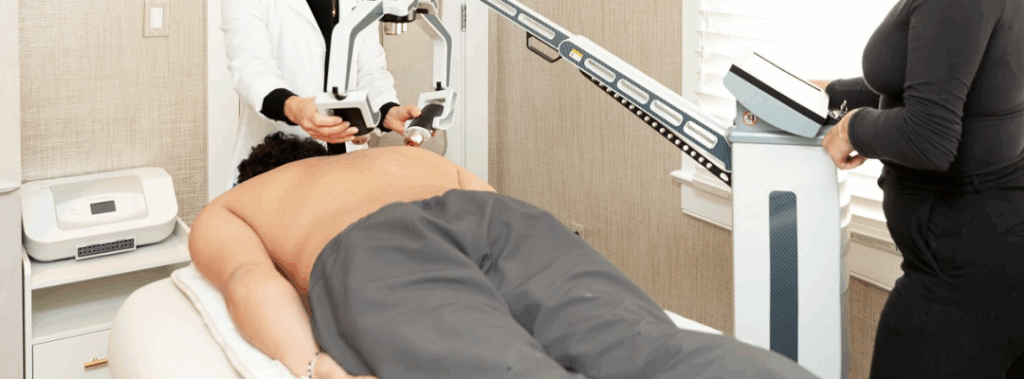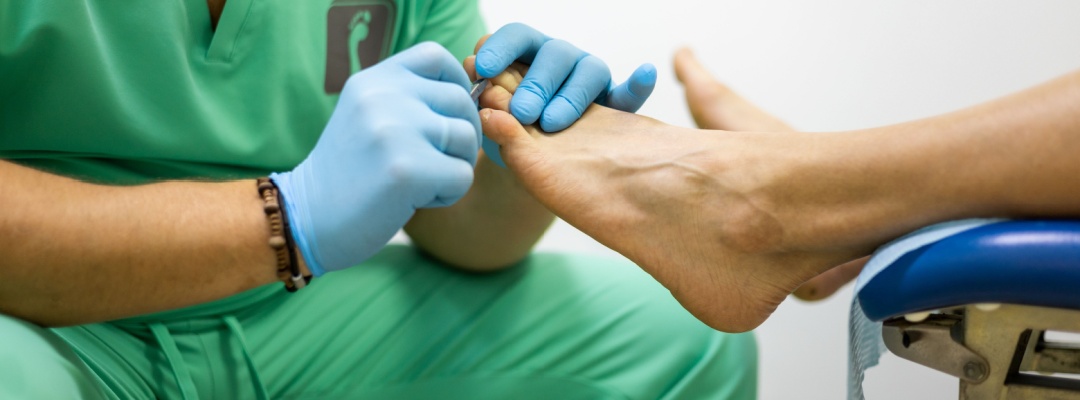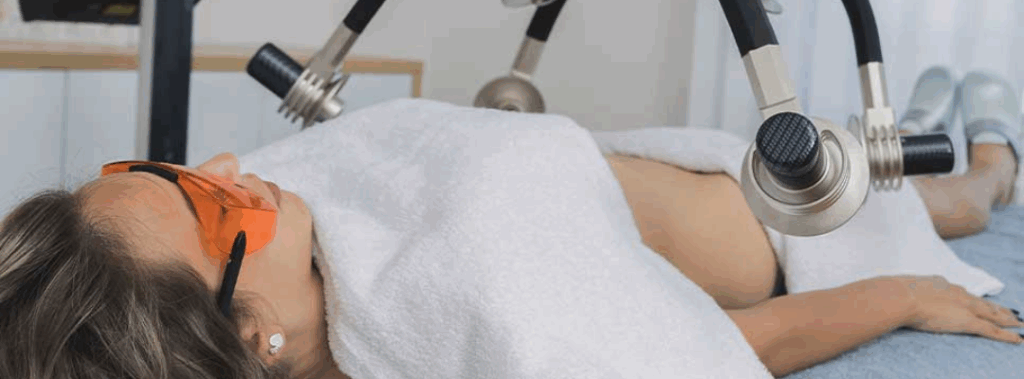
In the evolving landscape of podiatric medicine, Low-Level Laser Therapy (LLLT) emerges as a beacon of innovation, offering a blend of efficacy and safety in the treatment of various foot conditions. LLLT, with its non-invasive approach and minimal side effects, stands out as a promising addition to podiatric care, especially in managing onychomycosis. Among the forefront of LLLT technologies is the Lunula Laser®, a device that has revolutionized the approach to treating toenail fungus with its patented technology.
Understanding Low-Level Laser Therapy
Low-Level Laser Therapy (LLLT) represents a light-based technology that stimulates cellular processes and promotes tissue healing without the thermal effect of higher-power lasers. Specifically, in podiatry, LLLT like the Lunula Laser® targets toenail fungus by stimulating new, healthy nail growth and diminishing fungal infection, offering a novel approach to managing onychomycosis.
Equipment and Setup Podiatry Practices
The Lunula Laser® distinguishes itself as a product of choice for podiatrists looking to incorporate LLLT into their practice. This FDA-cleared device delivers a non-thermal, pain-free therapy using red and violet laser light to target fungal infections and stimulate healing, addressing the condition effectively without discomfort to patients. Key features of the Lunula Laser® include:
- No heat, pain, or downtime
- 6.1 mm new clear nail growth at 6 months
- 12-minute treatments
- Capability to treat all 5 toes simultaneously
- Non-thermal laser targeting the fungus
Setting up the Lunula Laser® in a podiatric practice requires minimal adjustments, thanks to its user-friendly design and quick treatment protocol. This allows podiatrists to enhance their practice’s service offerings efficiently.
Patient Selection and Assessment
Identifying candidates suitable for LLLT with the Lunula Laser® involves a comprehensive assessment to diagnose onychomycosis and evaluate the extent of the fungal infection. Through this initial evaluation, podiatrists can tailor treatment plans to the specific needs of each patient, ensuring optimal outcomes.
Treatment Protocols for Podiatry Conditions
The Lunula Laser® shines in its versatility and efficacy in treating toenail fungus across various stages. Treatment protocols typically involve four 12-minute sessions, with the exact regimen adjusted based on the severity of the condition and patient response.
Performing Laser Therapy in Podiatry
Treatment with the Lunula Laser® is straightforward. The affected area is exposed to the laser light for 12 minutes, stimulating the healing process and targeting the fungus. Adjustments to treatment may be necessary based on patient progress, with assessments conducted at regular intervals to monitor the response.
Patient Education and Follow-Up
An integral component of LLLT treatment success is patient education and diligent follow-up. Educating patients about the Lunula Laser® treatment process and expected outcomes helps set realistic expectations. Regular follow-up appointments are crucial to monitor progress and make any necessary adjustments to the treatment plan.
Conclusion
The integration of Low-Level Laser Therapy, particularly through the revolutionary Lunula Laser®, into podiatric practice represents a significant step forward in the treatment of onychomycosis. Its non-invasive nature, coupled with its efficacy and safety profile, makes it an attractive treatment option for both podiatrists and patients.
Dr. Jordan Steinberg, DPM, shares his experience with the Lunula Laser®, “I have been using the Lunula laser in my office for approximately nine months. I have used many other toenail lasers in the past and I would have to say that this laser is the most effective and easiest laser for the patient and the doctor. The patients love the technology and love the fact that they are not feeling any discomfort when the laser is in use.”
This testament, along with the technology’s innovative approach to treating onychomycosis, underscores the Lunula Laser®’s position as a pivotal tool in modern podiatric care, promising enhanced patient satisfaction and significant improvements in foot health.



